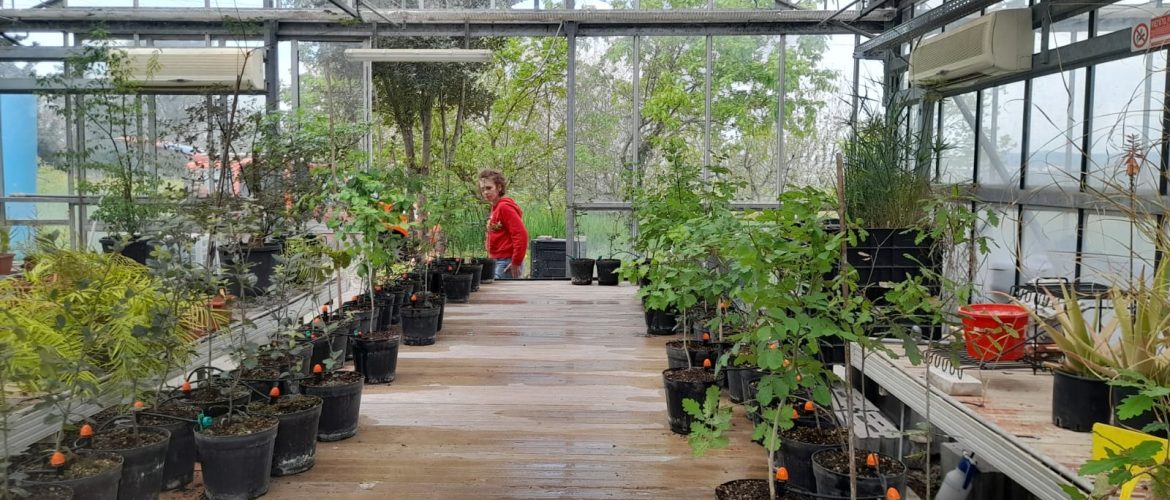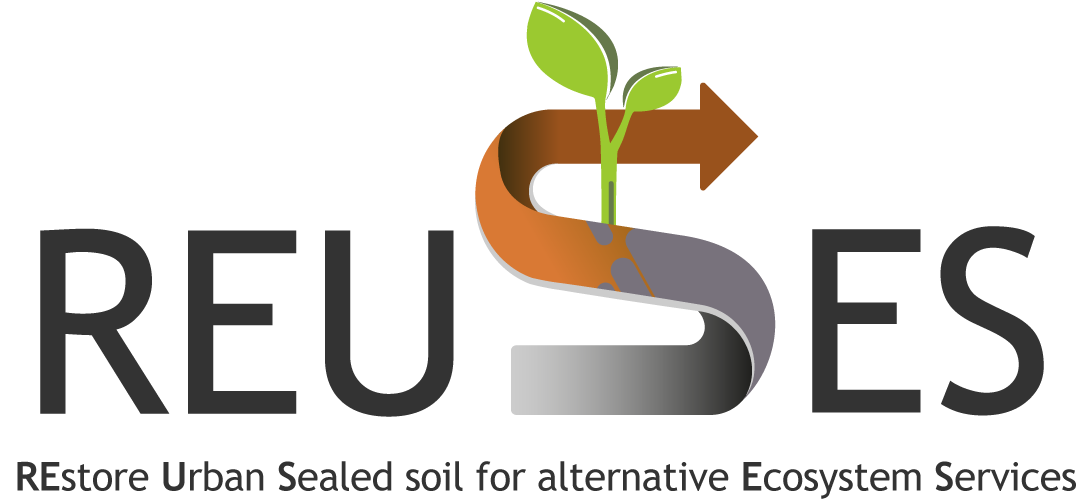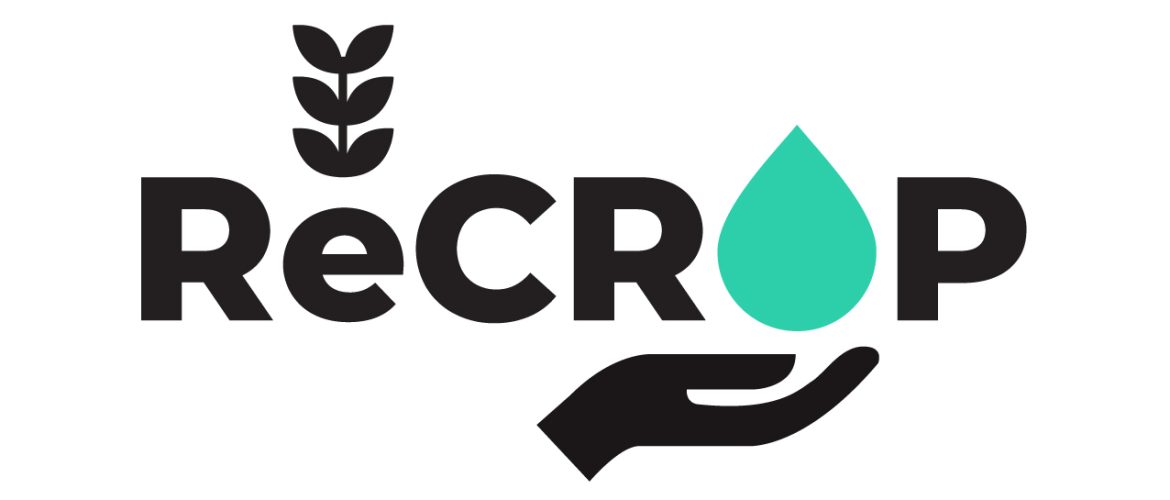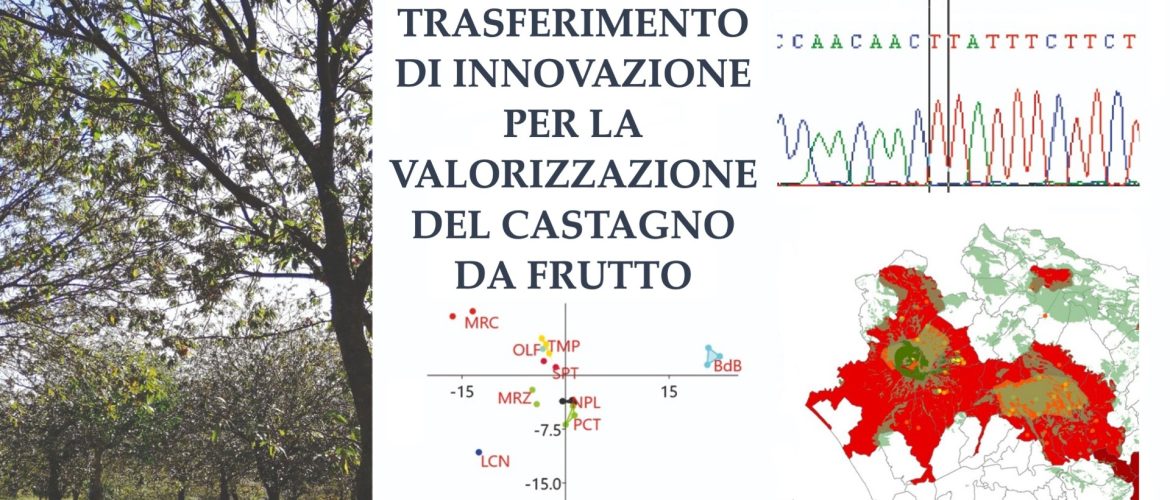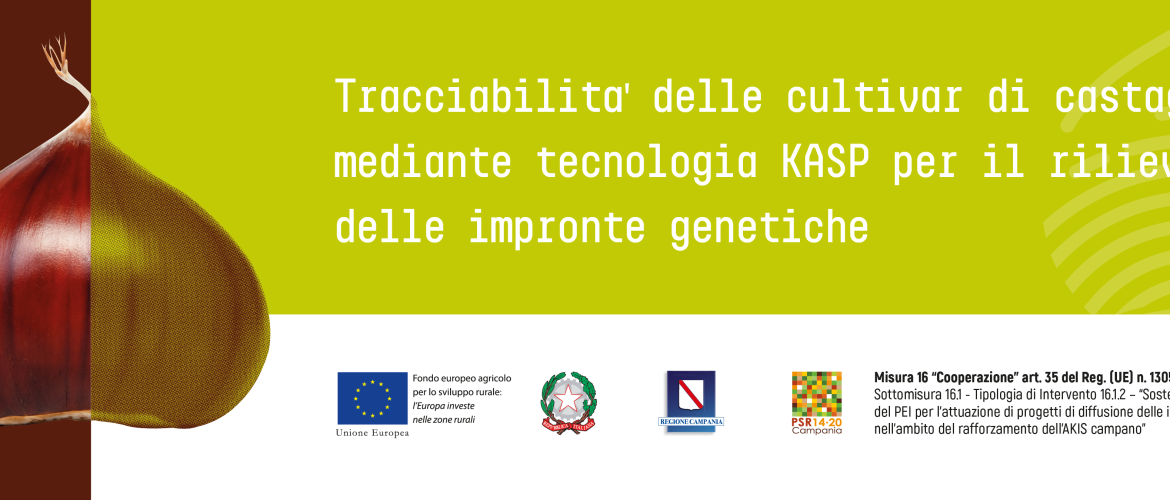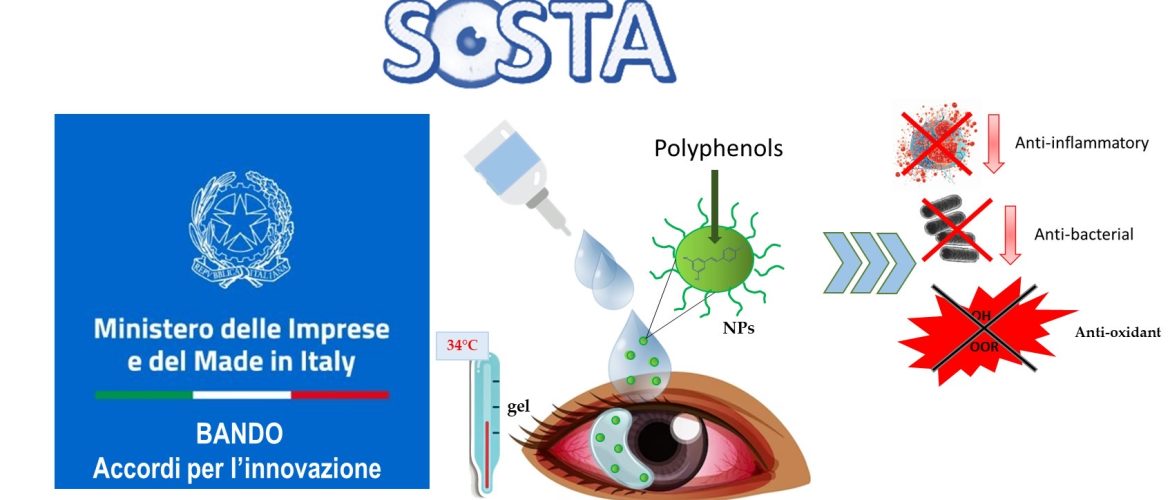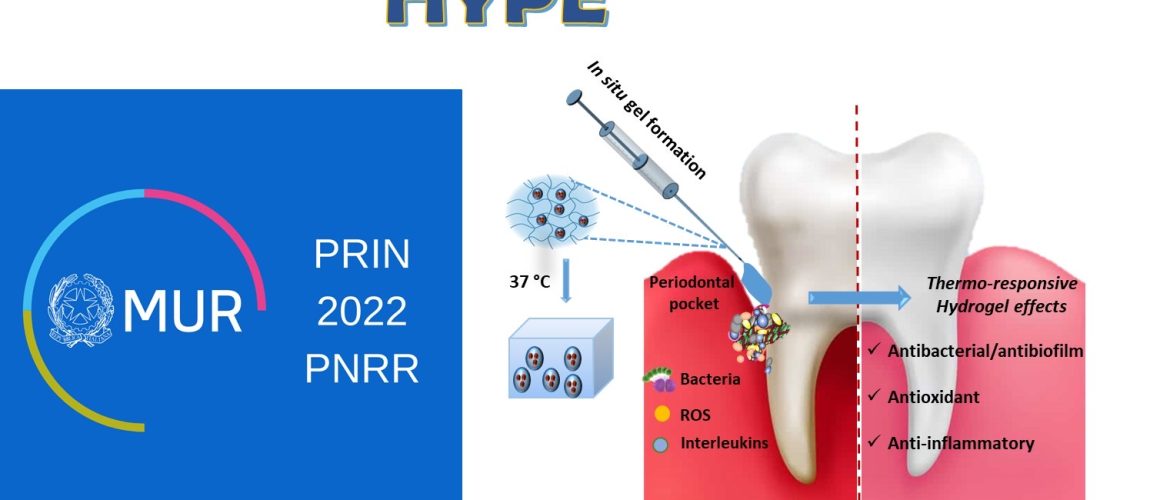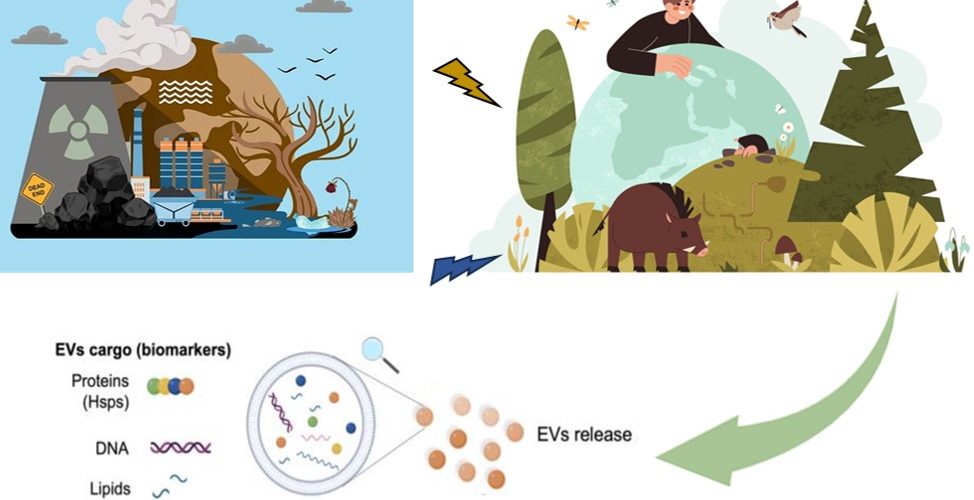IRET-CNR, as part of the “Osservatorio La Goccia”, is partner in the project GOCCIA – Green opportunities to clean-up contaminants through an interspecies alliance – funded by the European Urban Initiative (EUI). The project is led by the Municipality of Milan and involves 8 Italian partners and 3 European cities as transfer partners. GOCCIA represents an innovative model, where the environment plays the role of primary stakeholders. The project aims to regenerate a large urban area in the Bovisa district of
In environmental restoration and mitigation interventions, choosing suitable tree species for forestation is crucial, as it ensures that the right tree is planted in the right place, respecting the local potential vegetation. This approach is becoming increasingly important in light of the accelerating consequences of climate change and the current climate projections available at a national and regional scale in central Italy. Within this framework, the project aims to address this challenge by identifying tree species that are consistent with
Soil is a non-renewable resource on a human scale, as its formation takes geological time. Its protection is essential to preserve its fertility and biodiversity, as well as for climate mitigation and food security. However, soil is threatened by phenomena such as sealing, compromising its capacity to absorb water, exchange gases and provide essential ecosystem services. Countering this phenomenon is crucial, especially in urbanised areas. The two-year REUSES project aims to reactivate the ecological and productive functions of
ReCROP Bioinocula and CROPping systems: an integrated biotechnological approach forimproving crop yield, biodiversity and REsilience of Mediterranean agro-ecosystems The Mediterranean economy, heavily dependent on agriculture, is threatened by climate change and inefficient management of water resources, exacerbated by unsustainable agricultural practices. ReCROP aims to redesign the region’s agrosystems, improving their resilience and productivity through sustainable production systems that integrate advanced biotechnologies and environmentally sound agronomic practices. A key element of the project is the use of
“Preliminary Feasibility Studies for the Transfer of Expertise and Innovative Technologies for the Identification of Chestnut Genotypes”. Given the importance and uniqueness of Campania’s chestnut germplasm, as well as the risk of genetic erosion caused by damage from the gall wasp (Dryocosmus kuriphilus), the CASTARRAY project aims to make available to industry operators the genetic and molecular tools needed for varietal identification and the characterization of particularly valuable genotypes. Within the project, the feasibility of transferring expertise and innovative genetic characterization technologies
Traceability of chestnut cultivars using KASP technology for genetic fingerprinting The KasTrack project builds upon the results of the Castarray project (CUP: B21C18000220007), which was carried out by three of the current ten partners (CREA, CNR, and an agricultural company). Castarray focused on developing an economically sustainable method for the
Dry Eye Syndrome (DES) is a multifactorial disease that is growing in incidence, especially in industrialized countries. It manifests as inflammation and damage to the ocular surface caused by a loss of tear film homeostasis. Common symptoms include burning, sandy feeling, photophobia, difficulty opening the eyelids, and, in severe cases, pain and blurred vision. The main causes are decreased tear production or increased evaporation, which leads to an increase in tear film osmolarity and a decrease in calyciform cell
Periodontal disease (PD) is a chronic inflammatory disease of multifactorial etiology, associated with oral dysbiosis (caused by pathogenic bacteria), and characterized by the progressive destruction of the tooth’s supporting apparatus (bone and gums). The incidence of PD in the adult population exceeds 65%, denoting an important public health problem. To date, scaling and root planing (SRP) represents the treatment of choice associated with systemic or localized administration of antimicrobial agents. The use of local antibiotics for long periods may contribute to
The Naples IRET Unit is involved in Spoke 9 – “New Technologies and Methodologies for Traceability, Quality, Safety, Measurements and Certifications to enhance the Value and Protect the typical traits in Agri-food chains” and more specifically in WP1 – Task 1: ‘Chemical, physical, biological and genetic methods and protocols for the quality and traceability of food products’. The research team studies the development of new methodologies and protocols for the evaluation of the quality and application potential of high added-value molecules
The project titled “Lucani tra Ambiente e Salute” – Linea di Intervento 6 – Biosistemi: Ponte tra Ambiente e Salute aims to carry out a multidisciplinary study focused on the characterization of environmental matrices. The findings will assess the degree of anthropogenic pollution capable of inducing variations in ecosystem services that, in turn, could negatively affect human health. The proposed intervention arises from the need to provide information on natural and anthropogenic pollution sources affecting a specific territory, with the goal



